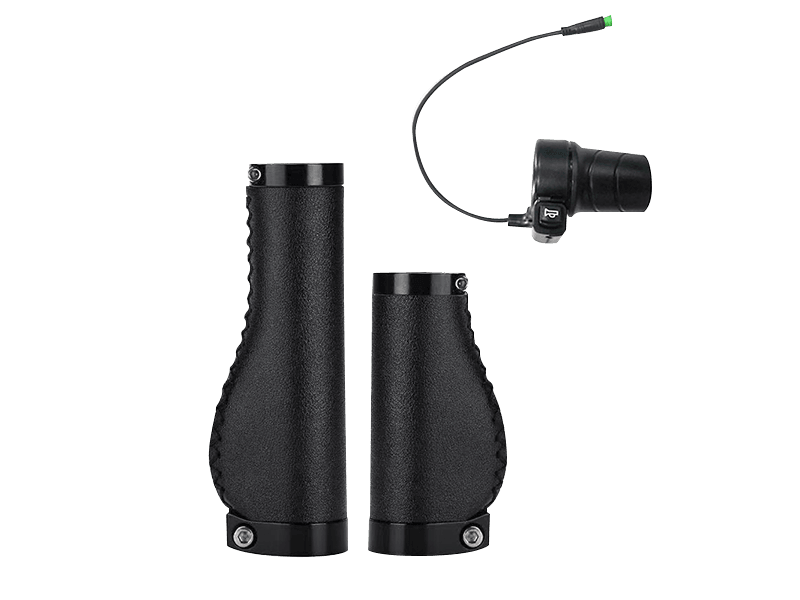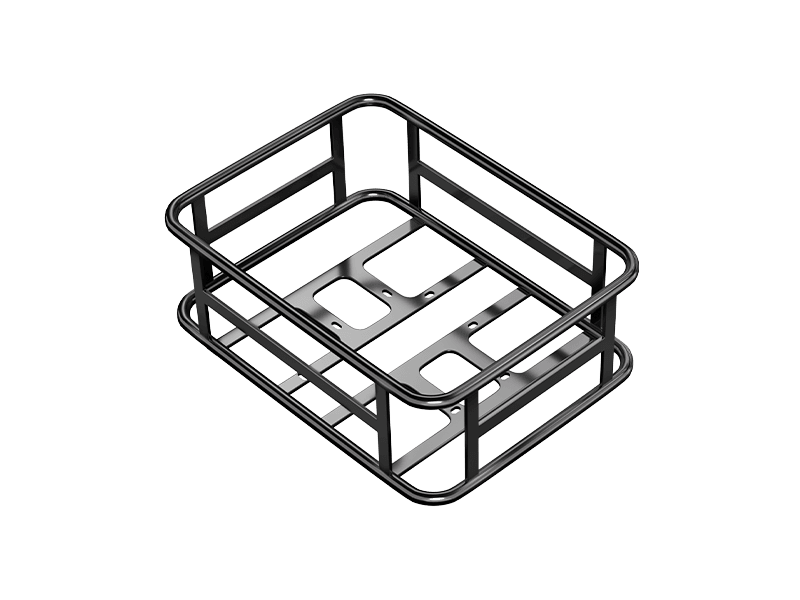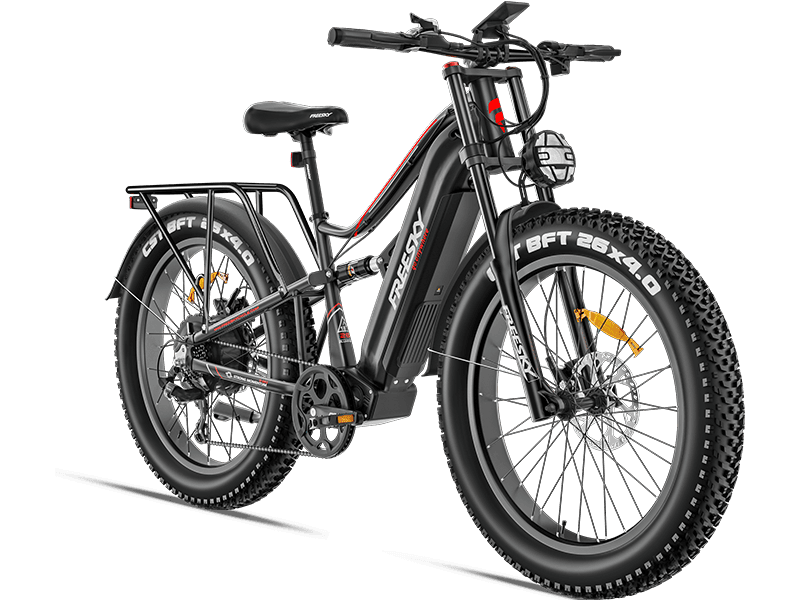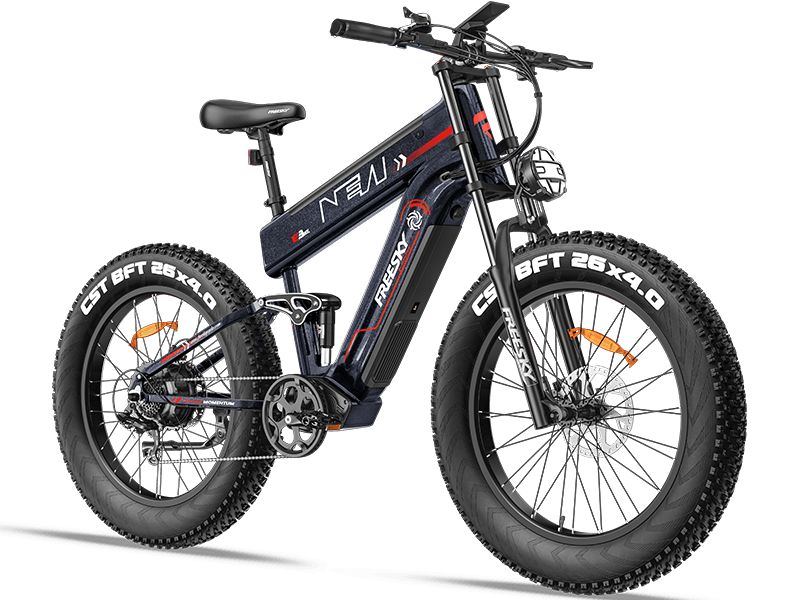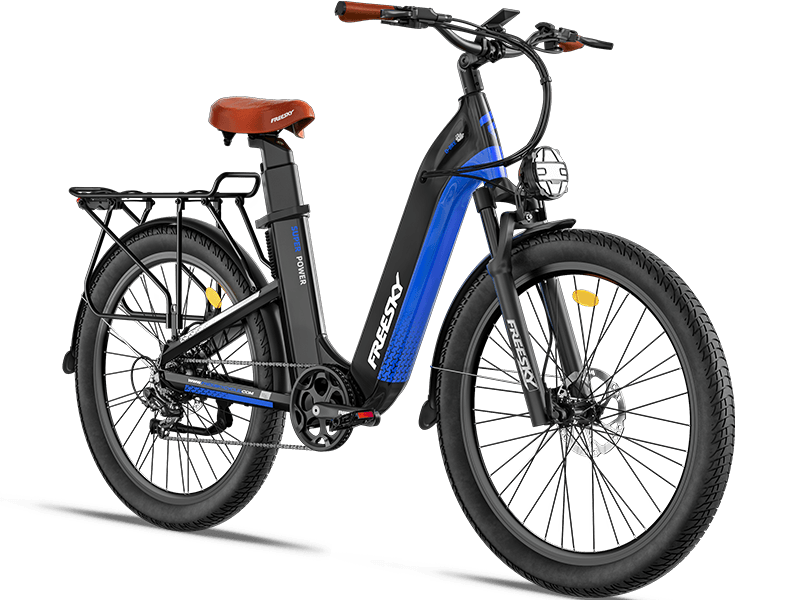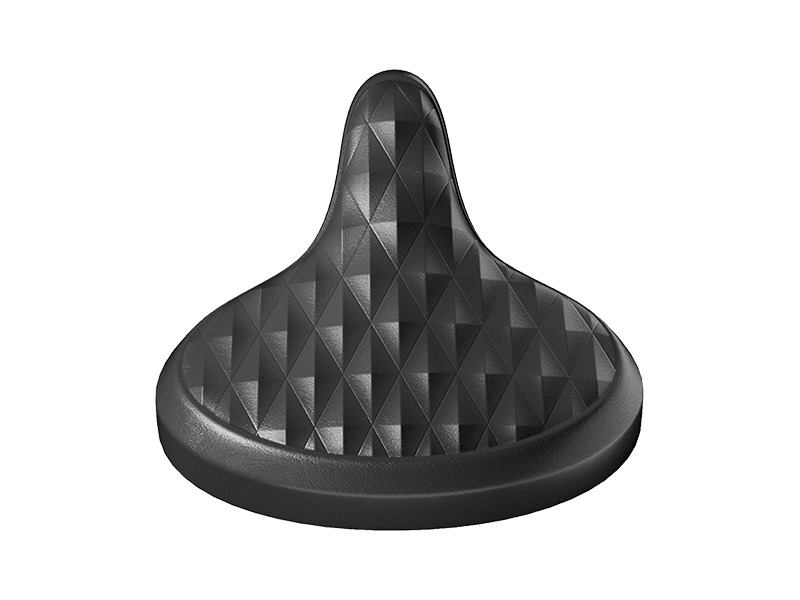Safety Tips for Riding an E-Bike
JUN 07, 2024
E-bikes, or electric bicycles, have become increasingly popular as a convenient and eco-friendly mode of transportation. Whether you're commuting to work, running errands, or enjoying a leisurely ride, it's important to prioritize safety. Here are some essential tips to ensure you ride your e-bike safely and responsibly.
1. Understand Your E-Bike
Before hitting the road, familiarize yourself with your e-bike's features and capabilities:
- Speed and Power: E-bikes come with various speed and power settings. Understand the different modes and how to control them.
- Battery Life: Know your e-bike’s battery range and plan your trips accordingly to avoid running out of power unexpectedly.
- Braking System: E-bikes are heavier and faster than traditional bikes, so make sure you understand how the brakes work and their stopping distance.
2. Wear Proper Safety Gear
Safety gear is crucial for protecting yourself in case of an accident:
- Helmet: Always wear a helmet that meets safety standards. Ensure it fits properly and is securely fastened.
- Protective Clothing: Wear bright or reflective clothing to increase visibility. Consider padded gloves and elbow/knee pads for extra protection.
- Eye Protection: Use sunglasses or clear glasses to shield your eyes from debris, wind, and insects.
3. Perform a Pre-Ride Check
Before each ride, inspect your e-bike to ensure it is in good working condition:
- Tires: Check for proper inflation and any signs of wear or damage.
- Brakes: Test the brakes to make sure they are responsive and effective.
- Lights and Reflectors: Ensure all lights and reflectors are functioning, especially if you plan to ride at night or in low-light conditions.
- Battery: Confirm that the battery is fully charged and securely mounted.
4. Follow Traffic Rules
Riding an e-bike means sharing the road with other vehicles, cyclists, and pedestrians. Adhere to traffic rules to stay safe:
- Obey Traffic Signals: Stop at red lights and stop signs, and yield to pedestrians.
- Use Hand Signals: Indicate your intentions to turn or stop by using appropriate hand signals.
- Ride in the Right Lane: Stay in designated bike lanes or as far to the right as possible if there are no bike lanes.
- Be Predictable: Ride in a straight line and avoid sudden swerves or changes in direction.
5. Be Aware of Your Surroundings
Staying alert and aware of your surroundings can help prevent accidents:
- Watch for Hazards: Look out for potholes, gravel, wet leaves, and other road hazards that could cause you to lose control.
- Anticipate Drivers' Actions: Make eye contact with drivers at intersections and assume they may not see you.
- Avoid Distractions: Do not use headphones or your phone while riding. Keep your focus on the road.
6. Adjust Your Speed
E-bikes can reach higher speeds than traditional bicycles, so it's important to adjust your speed based on the environment:
- Slow Down in Traffic: Reduce your speed when riding in heavy traffic or congested areas.
- Be Cautious on Downhills: Control your speed when descending to avoid losing control.
- Match Speed to Conditions: Slow down in wet or icy conditions and when visibility is poor.
7. Ride Defensively
Defensive riding involves anticipating potential dangers and taking proactive measures:
- Keep a Safe Distance: Maintain a safe distance from vehicles and other cyclists to give yourself enough time to react.
- Use Your Horn or Bell: Alert pedestrians and other cyclists to your presence when necessary.
- Have an Escape Plan: Always be aware of your surroundings and have a plan for how you would avoid a sudden obstacle or hazard.
8. Maintain Your E-Bike
Regular maintenance ensures your e-bike remains safe and reliable:
- Clean Your E-Bike: Keep it clean to prevent dirt and grime from affecting its performance.
- Check Components: Regularly inspect the chain, gears, brakes, and battery connections.
- Service Schedule: Follow the manufacturer’s recommended service schedule or take it to a professional for regular check-ups.
Conclusion
Riding an e-bike can be a fun and efficient way to get around, but safety should always be a priority. By understanding your e-bike, wearing proper safety gear, performing pre-ride checks, following traffic rules, staying aware of your surroundings, adjusting your speed, riding defensively, and maintaining your e-bike, you can enjoy a safe and enjoyable ride every time. Happy cycling!


